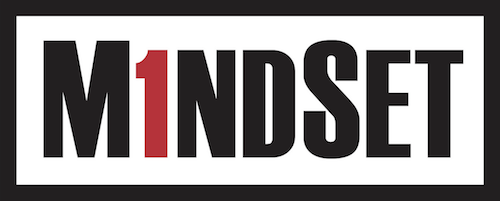One of MindSet’s most often encountered cognitive blunders involves individuals or organizations who believe (or at least hope) that if they avoid acknowledging an issue or problem, perhaps it will just go away – and the worst of these offenders continue to ignore even long after it becomes clear that the issue is not going away. It is as if they believe that a problem not acknowledged does not exist. Ultimately, they usually discover (somewhat unpleasantly) that ignorance is not bliss.
Leaders sometimes adopt this head-in-the-sand approach when it comes to the cultural health of their company. Unless top leaders of a company take active steps to assess the cultural health of the organization, they will often not have an accurate feel for the cultural pulse. Seldom is it that they are lazy or incompetent; rather, there are a myriad of systemic reasons why accurate information regarding employee attitudes and morale may well not get accurately conveyed up through the chain of command.
This is a common problem for which a solution is readily available. A good survey instrument, like our MindSet Culture Survey®, administered with an assurance of confidentiality, can provide a valuable window into the cultural pulse of the organization. Acting on valid information, good executives can then consider steps, actions, or tweaks that can improve the cultural health of the company.
On some occasions, we find leaders who have underestimated the cultural health of their organizations – perhaps not a surprising finding given many driven leaders sometimes focus a disproportionate amount of their attention on problems rather than strengths. In these instances, the MindSet Survey results are reassuring and a reminder to value, appreciate, and not lose focus on the current culture.
Whether stronger or weaker than anticipated, leaders are in better position to move forward when they understand reality. Problems and challenges exist whether we look at them or not – and when we do look them squarely in the eye, we often find them to be less intimidating than our imagination had feared.
Once a company elects to run the MindSet Culture Survey®, what are the next most frequent mistakes? Two stand out.
First, it is important that leaders share feedback on survey results with staff members. It need not be in detail, but some general sense of findings, perhaps coupled with appreciation for the input and feedback, is often adequate. Small group discussions regarding specific areas that show a potential for growth can also be effective.
The second oft-seen mistake is when leaders gather the survey data, report some information to staff, and then simply file the results away until they start the process over again at some future date. If I have a heart problem, but all you’re able to do is diagnose the problem without offering any treatment, I would just as soon you not bother with the diagnosis. Just let me go ahead and enjoy my life – whatever there may be left of it! Similarly, we advise our clients to take some tangible action after the results are in, abiding by the common sense wisdom of not asking people for input if you don’t plan on doing anything in response to the results.
Surveying without providing staff members with some degree of feedback, and failing to make sure they see some tweaks or changes as a result of their input, is a prescription for developing an unhealthy strain of cynicism within a staff.
Two additional comments: Some Best Place to Work processes are now being actively gamed by companies. When top leaders “encourage” employees to complete the survey while keeping in mind that the process is part of a “competition” to get recognition and positive PR for the company – well, we suspect the validity of the data is greatly reduced. Likewise, in some settings supervisors adjust their behaviors and interactions with staff members just prior to surveys being conducted – sometimes doing so because upper management previously took punitive actions based on survey results, thereby poisoning the well for future surveys.
Both of these practices – setting the survey process up as a competition or using the results to find problems instead of opportunities for growth – damage the validly of the results, and ultimately defeat the purpose of the survey, i.e., gaining information that can guide actions to increase the cultural health and financial success of your enterprise.

Founder of MindSet, LLC.

